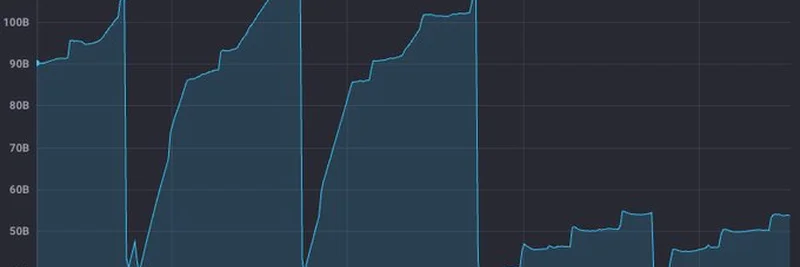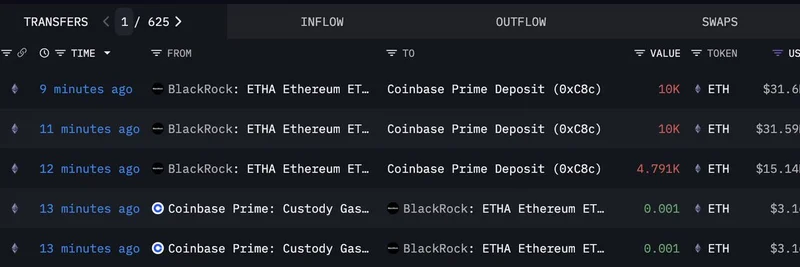Hey there, crypto enthusiasts! If you’ve been keeping an eye on the latest blockchain updates, you’ve probably heard about Solana’s exciting SIMD-175 activation. Posted by Brian (@0xbrw) on X, this update reveals a massive 50GB reduction in RAM usage for canaries (test nodes) that restarted after the activation. Let’s break it down in simple terms and explore why this matters for the future of Solana and the broader crypto world.
What’s SIMD-175 All About?
SIMD-175 is a recent upgrade to the Solana blockchain, aimed at improving how the network handles its operations. The term "SIMD" stands for Single Instruction, Multiple Data, a concept borrowed from computer science to optimize how tasks are processed. In this case, it’s all about making Solana’s validators—those powerful computers that keep the network running—more efficient. The tweet highlights that after this upgrade, the restarted canaries saw their RAM usage drop significantly, as shown in the graph spanning from mid-June to early July 2025.
The graph itself is a visual treat! It shows RAM usage starting high, peaking around 110GB, and then dipping sharply to around 60GB after the upgrade. This kind of reduction isn’t just a nice-to-have—it’s a game-changer for scalability and performance.
Why Does This Matter?
Imagine your computer running multiple apps at once. If one app hogs too much memory, everything slows down. The same goes for a blockchain like Solana. High RAM usage can strain validators, leading to slower transaction speeds or even network hiccups. By slashing RAM usage by 50GB, SIMD-175 makes the network leaner and meaner, allowing it to handle more transactions without breaking a sweat.
This upgrade ties back to an earlier post by Brian on June 25, where he teased that SIMD-175 would remove "rent updates," hinting at a major efficiency boost. Rent, in blockchain terms, is a small fee nodes pay to store data on the network. Removing these updates likely streamlined the process, freeing up resources like RAM. The community’s reactions on X, from “interesting” to “huge,” show the buzz around this real-world win.
The Bigger Picture for Solana
Solana has always been about speed and scalability, aiming to process transactions at a pace that rivals traditional financial systems. This RAM reduction is a step toward that vision, making the network more cost-effective and reliable for developers and users alike. It also sparks curiosity about future upgrades—will we see lower transaction fees or faster block times next? The X thread suggests folks are already asking, “Wen rent reduction?”—a playful nod to the community’s excitement.
For blockchain practitioners, this is a goldmine of insight. Efficient resource use means Solana can support more complex applications, like decentralized finance (DeFi) platforms or even meme token ecosystems we cover at meme-insider.com. It’s a reminder that behind the memes and hype, there’s serious tech driving the space forward.
What’s Next?
The SIMD-175 activation is just one piece of the puzzle. The graph and community feedback suggest Solana’s team is on a roll with optimizations. If you’re into crypto, keep an eye on how this impacts transaction speeds and network stability in the coming weeks. And for those building on Solana, this could be the perfect time to test your apps with these newfound efficiencies.
Got questions about SIMD-175 or want to dive deeper? Drop a comment below or check out more blockchain updates on meme-insider.com. Let’s keep the conversation going—after all, the future of crypto is built one upgrade at a time!



